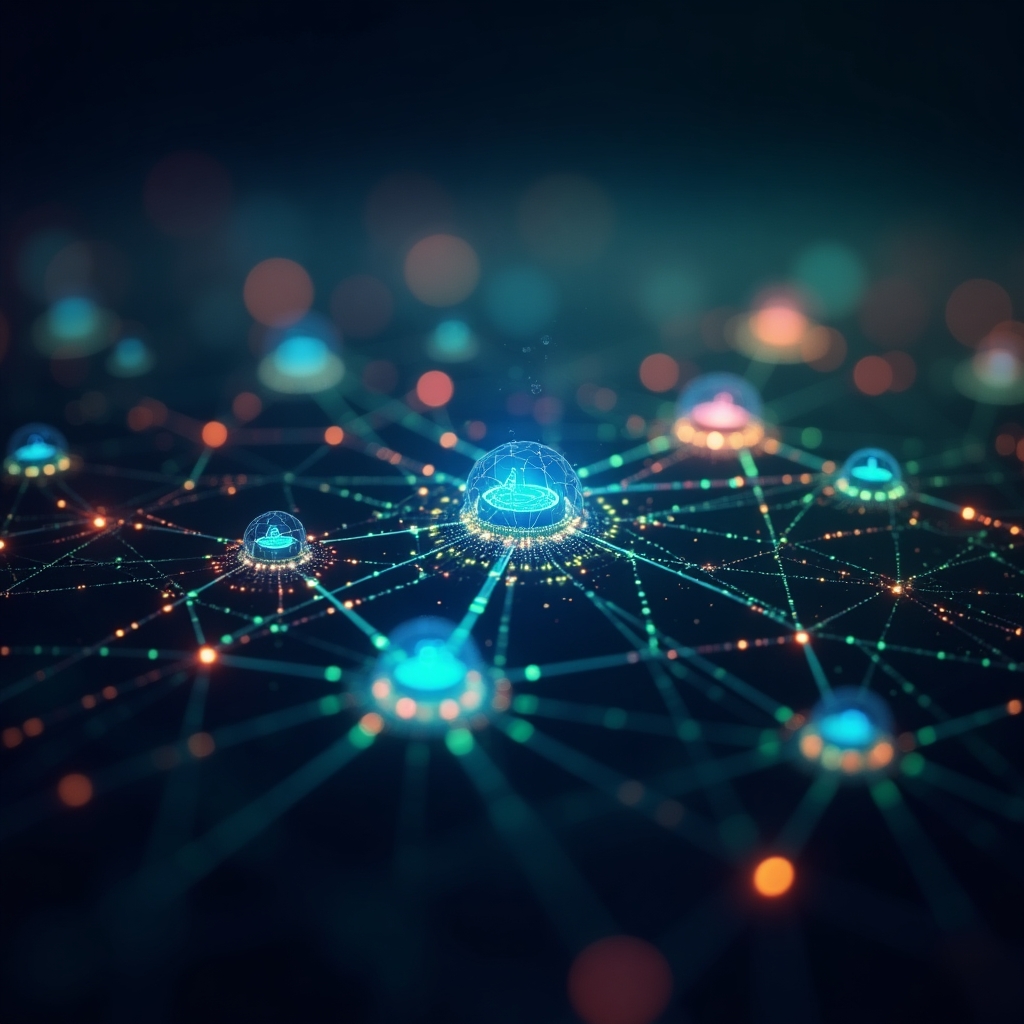
Exploring Key AI Technologies: From Machine Learning to No-Code Platforms
Artificial Intelligence (AI) is rapidly evolving and reshaping industries. Understanding the core AI technologies can help businesses and individuals effectively harness the power of AI. Let’s dive into the most impactful AI technologies that are driving innovation today.
- Machine Learning (ML): The Foundation of AI Insights
Machine Learning is a subset of AI that focuses on building algorithms that enable machines to learn from data and make predictions. From email filtering to predictive analytics, ML is behind some of the most powerful AI applications.
- Types of Machine Learning:
- Supervised Learning – Training models on labeled data to make predictions.
- Unsupervised Learning – Identifying hidden patterns in unlabeled data.
- Reinforcement Learning – Teaching models through trial and error to achieve specific goals.
🔗 Learn more about Machine Learning on IBM
- Natural Language Processing (NLP): Bridging Human and Machine Communication
Natural Language Processing enables AI systems to understand and interpret human language, facilitating smooth interactions between humans and machines. This technology powers everything from chatbots to virtual assistants.
- Key Applications of NLP:
- Chatbots and Virtual Assistants – Enhancing customer service interactions.
- Sentiment Analysis – Understanding consumer sentiment through text.
- Language Translation – Breaking down language barriers with automated translation.
🔗 Explore NLP with Google AI
- Computer Vision: Teaching Machines to See
Computer Vision is the field of AI that allows machines to interpret visual data like images and videos. It enables applications such as facial recognition, object detection, and image classification.
- Common Uses of Computer Vision:
- Facial Recognition – Used in security and personalized experiences.
- Autonomous Vehicles – Helping self-driving cars perceive their surroundings.
- Medical Imaging – Enhancing diagnosis accuracy with image analysis.
🔗 Discover more about Computer Vision with Microsoft Azure
- Generative AI: Creating New Content from Data
Generative AI refers to AI models that can generate new content, such as text, images, music, and more, by learning from existing data. It’s used in applications like content creation, design, and even code generation.
- Popular Generative AI Tools:
- GPT-4 – The latest in language-based AI, capable of generating human-like text.
- DALL·E – A model that generates images from text prompts.
- DeepFake – AI that creates realistic videos or images of real people.
🔗 Learn about Generative AI with OpenAI
- No-Code & Low-Code AI Platforms: Democratizing AI Development
No-code and low-code platforms are revolutionizing how businesses and individuals can build and deploy AI applications. These platforms allow users with limited programming knowledge to create AI-powered solutions quickly and efficiently.
- Key Benefits:
- Faster Development – Deploy AI solutions in a fraction of the time.
- Wider Access – Non-technical users can now develop AI applications.
- Cost-Effective – Reduces the need for specialized AI developers.
🔗 Explore No-Code AI Solutions with Bubble
Conclusion: Embrace AI Technologies for Innovation
AI technologies are not just tools of the future—they’re here, and they’re already transforming businesses. From machine learning and natural language processing to generative AI and low-code platforms, these advancements offer tremendous opportunities for companies to innovate and streamline their operations.
💡 Ready to explore AI further? Dive into these technologies and discover how they can drive growth and efficiency in your business.
#AI #MachineLearning #NaturalLanguageProcessing #GenerativeAI #NoCodeAI
